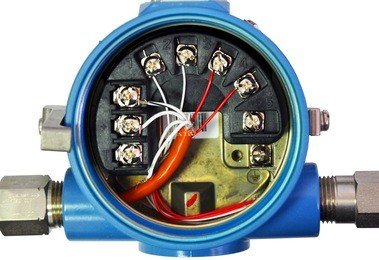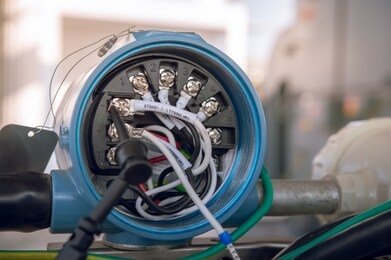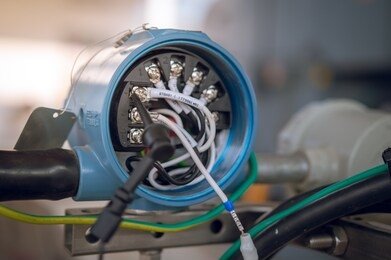A temperature transmitter is a vital instrument used to measure and transmit temperature data in various industrial and commercial applications. It serves as the bridge between temperature sensors (such as thermocouples, RTDs, or thermistors) and control systems, ensuring accurate temperature monitoring and control.
These versatile devices are commonly found in industries such as manufacturing, HVAC (Heating, Ventilation, and Air Conditioning), chemical processing, food production, and many more. They play a crucial role in maintaining optimal operating conditions and product quality.
Selecting the right temperature transmitter for your business is a crucial decision that can impact your operations and product quality. To ensure you make the best choice, follow these steps:

Identify Your Needs:
Determine the specific temperature measurement requirements for your business. Consider factors like temperature range, accuracy, and environmental conditions.
Type of Temperature Sensor:
Choose between RTDs, thermocouples, or thermistors based on your application. RTDs offer high accuracy, while thermocouples are suitable for extreme temperatures. Thermistors are cost-effective and work well in a limited range.
Accuracy and Precision:
Ensure the transmitter meets the required accuracy and precision for your application. High-precision transmitters are essential for critical processes, while standard accuracy may suffice for less demanding tasks.
Environmental Conditions:
Consider the operating environment, including temperature extremes, humidity, and exposure to chemicals. Select a transmitter that can withstand these conditions.
Calibration and Maintenance:
Evaluate how easy it is to calibrate and maintain the transmitter. Some models require less frequent calibration than others.

Output Signal:
Determine if you need an analog (4-20mA) or digital (HART, FOUNDATION Fieldbus) output signal. Your control system should be compatible with the chosen signal type.
Integration:
Ensure the transmitter can be seamlessly integrated into your existing control system. Compatibility with your control hardware and software is essential.
Certifications:
Look for certifications, such as NIST or ISO, which validate the transmitter's accuracy and quality.
Cost Consideration:
While it's tempting to go for the cheapest option, consider the overall cost of ownership. Sometimes, investing a little more upfront in a high-quality transmitter can save money in the long run.
Vendor Reputation:
Purchase from reputable vendors with a track record of providing quality products and excellent customer support.
Product Support:
Check if the manufacturer offers technical support, warranties, and product documentation. This support can be invaluable in case of issues or questions.
Consult Experts:
If you're uncertain, consult with experts in the field who can provide guidance based on your specific needs.

By carefully evaluating these factors, you can choose the right temperature transmitter that best aligns with your business requirements and ensures accurate temperature monitoring and control. If you need any information about temperature transmitters, feel free to contact us!

